Beyond Interest Rates: An Intentional Banking Guide
Banking isn’t just about convenience or interest rates—it’s about where your money sleeps at night and what it’s doing while it’s there.
In 2024, we wrote a blog about the broken banking system and, since then, things have continued to trend downward. In the lead-up to Inauguration Day, all six of the United States’ largest banks backed away from a United Nations-sponsored climate initiative amid ESG backlash. The list includes: Bank of America, Citigroup, Goldman Sachs, JP Morgan, Morgan Stanley, and Wells Fargo.
Every dollar in your checking or savings account is working behind the scenes—either helping fund fossil fuels, speculative ventures, and private prisons…or supporting clean energy, local businesses, and community wellbeing.
This guide helps you bank with intention—so your money aligns with your values.
Step 1: Screen your current bank
Before switching, find out what your bank is really up to. Here are two tools to help you take a peek under the hood:
Mighty Deposits – A super helpful tool to see what your money is currently funding.
Every year the Rainforest Action Network publishes a report highlighting the biggest climate culprits active across the fossil fuel life cycle: Banking on Climate Chaos.
💡 Think: Is my money building the world I want to live in?
Step 2: Consider what matters to you
When choosing a new bank, ask yourself:
✅ Values
Does this institution avoid fossil fuels, weapons, and exploitative industries?
Do they reinvest in clean energy, racial equity, affordable housing, or local business?
✅ Convenience
Do you need in-person branches or are you comfortable with online-only banking?
Are you looking for business services, personal checking, or both?
✅ Impact
How much of their capital actually goes back into communities?
Depth vs Breadth of impact: are you more interested in your local community or state, or do you want to have a broader, national impact?
Beneficial State Bank’s Deposit Impact Calculator – See how your deposits could be used, based on 2022 mission metrics.
📊 Fun fact: As of mid-2024, credit unions and community banks lend out around 70%, compared to just 50% by big banks. That means more of your money is fueling real-world change. (Source: CNote)
Step 3: Choose an ethical or community-based bank
You’ve got options—both local and national. Here’s a mix of mission-driven banks and credit unions and tools to find them.
Tools
National Values-Aligned Banks
Amalgamated Bank – The largest B Corp certified bank in the U.S., with deep roots in social justice, union support, and sustainability.
Beneficial State Bank – Owned by a nonprofit, excess income is returned to community causes. Serves B Corps, nonprofits, and impact-focused clients.
Climate First Bank – The first U.S. bank entirely focused on climate solutions. Over $1B in assets, recently partnered with Tesla Solar Roof & Powerwall. Fast-growing, Florida-based, and deeply mission-driven.
Clean Energy Credit Union – Every dollar helps members finance solar panels, EVs, and green home upgrades. Online-only, but Boulder-based roots.
These institutions often offer:
Lower fees
Personalized service
Higher community reinvestment
A clear mission beyond maximizing shareholder profits
💬 “Community financial institutions don’t just hold your money—they put it to work in your neighborhood.”
(Source: CNote)
Step 4: Make the switch
Switching banks doesn’t have to be overwhelming. And it also serves as a good opportunity to clean up your automated payments and subscriptions. Here’s a simple step-by-step:
Open your new account first.
Update all automatic payments and deposits (employers, subscriptions, etc.). Use this opportunity to audit existing subscriptions and linkages that may be out of date.
Transfer funds and keep both accounts open briefly to monitor activity.
Close your old account once everything is settled.
📝 Tip: Keep a checklist to track what you’ve updated.
🏛️ Bonus: explore options for larger cash reserves
The general rule of thumb is to hold 3-6 months worth of cash needs (nondiscretionary spending) in liquid assets. Options include: certificates of deposit (CDs), money market funds or for longer time horizons: CDFI notes. CDFIs (Community Development Financial Institutions) a foster financial inclusion and democratize access to financial services, credit, and capital.
🤔 Myth: Impactful cash-like products equate to lower interest rates.
Step 5: advocate for change
Let your old bank know why you're leaving. It might feel small, but customer feedback can influence change.
And if you're inspired, help friends, family, or your workplace rethink their banking too.
